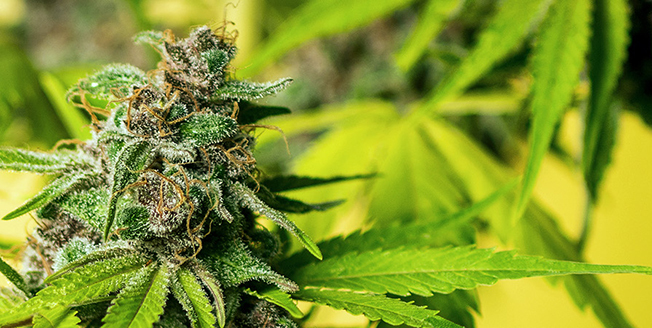
Cannabis testing labs continue to experience serious pressure to provide low-cost, quick turnaround, and favorable cannabinoid reporting capabilities. Some clients prefer labs that report the highest cannabinoid and tetrahydrocannabinol (THC) potency results to drive up the cost of goods at retail sale. The higher the THC content, the more expensive the commodity. Producers and processors may send samples to multiple labs, and then select the lab providing the highest THC results. Unfortunately, in some cases, this has caused labs to report inflated THC numbers and sacrifice scientific integrity to retain their customer base and attract new customers. This practice has coined the phrase “lab shopping.”
To remedy this situation, many have pressured government agencies, such as the Department of Cannabis Control (DCC), to address unethical reporting and establish regulations around testing. But ultimately, solving this problem comes back to the science behind the numbers, and the ability of a lab to select the best method that produces valid results. With many sample extraction methods to choose from, labs may have difficulty determining which procedure to use. To complicate the decision further, many labs also require cost-effective, validated methods with minimal sample touch time
In this study, we evaluated several cannabinoid extraction methods to help labs establish potency testing methods that will provide the best return on investment without sacrificing data quality. Six extraction methods that are commonly used for plant and flower material were compared in terms of overall extraction efficiency, solvent cost, consumables cost, and sample preparation time.





